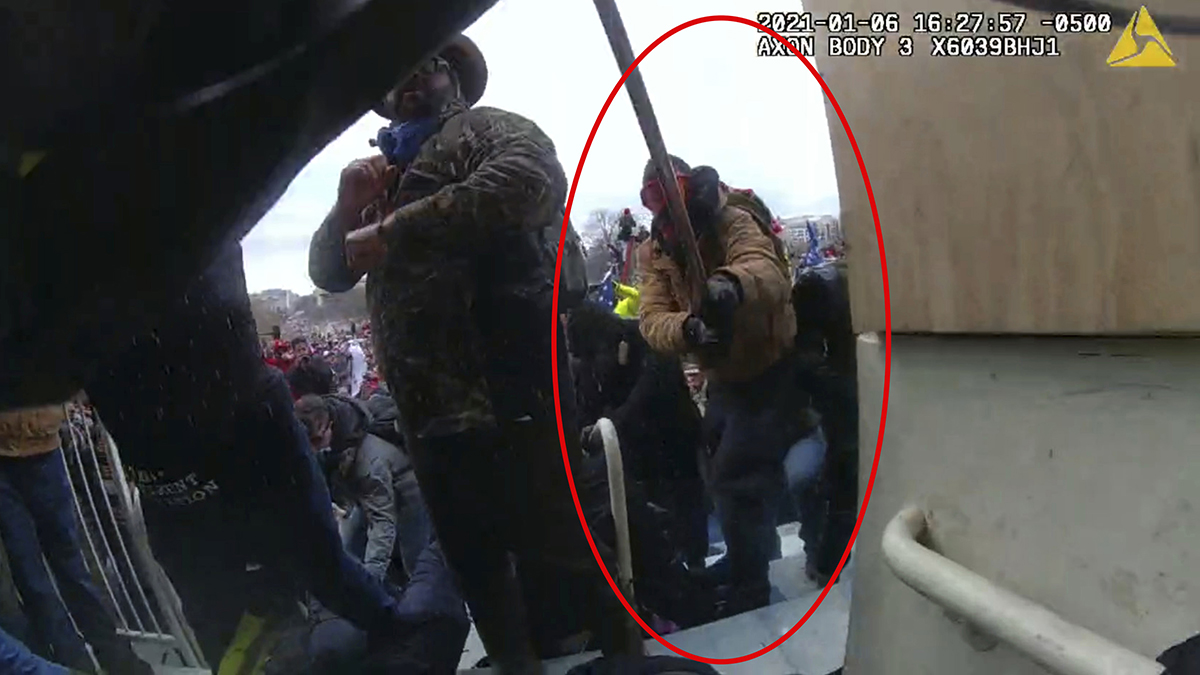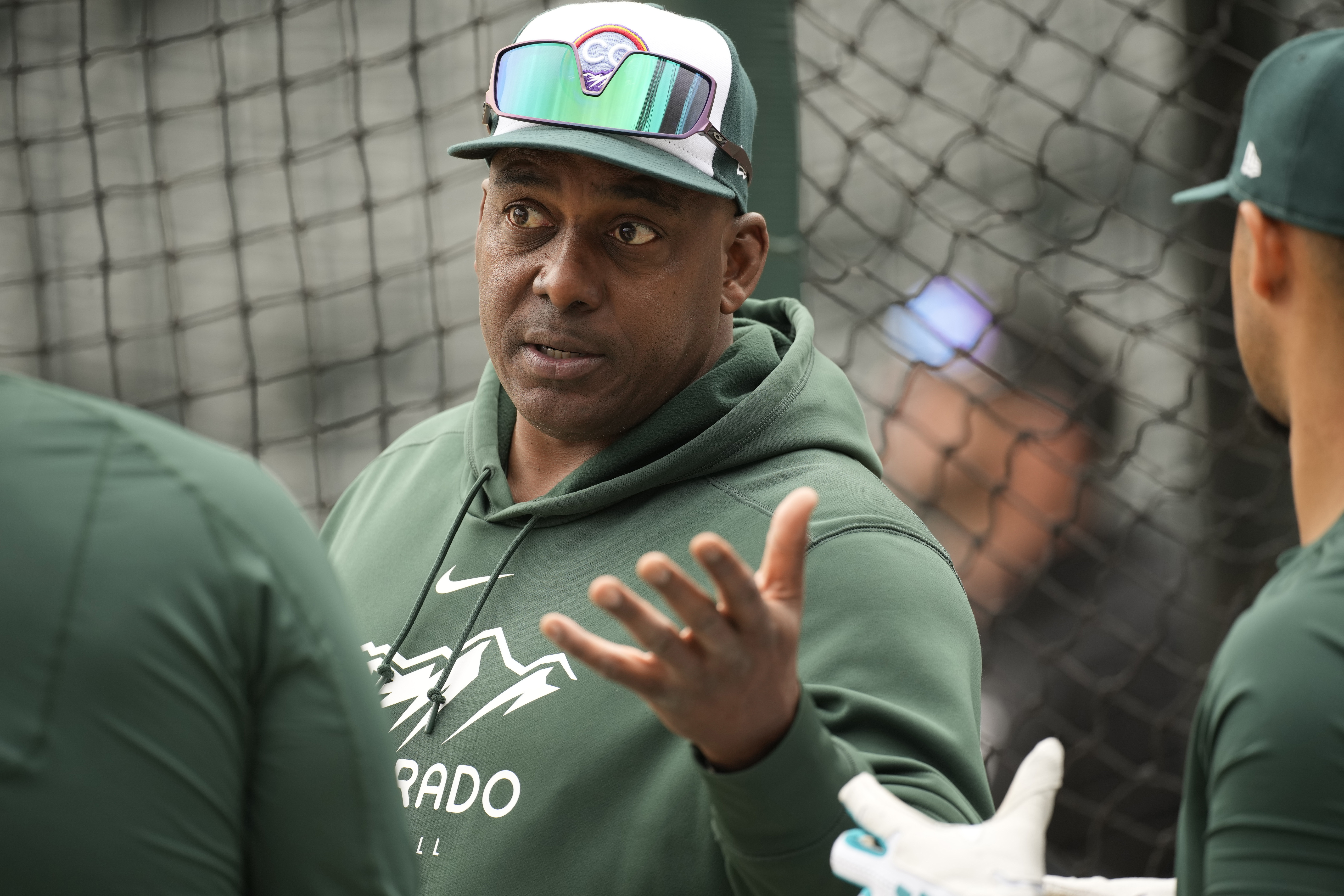The crime that led to the "Trial of the Century" occurred 20 years ago this week, when the bodies of Nicole Brown Simpson, ex-wife of NFL Hall of Fame football player O.J. Simpson, and a friend were discovered outside a West LA condominium.
That discovery set in motion a fast-developing series of events that culminated with a slow-speed pursuit viewed by tens of millions.
An estimated 95 million people watched the pursuit, waiting to see what would happen next in a national drama that played out in the four days following the stabbing deaths of Ron Goldman, a 25-year-old waiter, and Nicole Brown Simpson. By comparison, about 90 million viewers watched the Super Bowl earlier that year.
O.J. Simpson -- the celebrated collegiate and NFL star running back who went on to a TV broadcast and acting career -- had become a fugitive in a Southern California pursuit that concluded a week of stunning developments.
- Watch: The OJ Simpson Pursuit | Interactive: OJ Trial Timeline
The bodies were discovered just after midnight June 13, 1994, by passers-by who followed the mournful howls of Nicole Brown Simpson's dog. The victims had been stabbed multiple times the night before, according to a coroner's report.
Simpson boarded a plane for Chicago on the night of the killings, but was summoned back to Southern California by police the next morning as investigators began collecting evidence at the crime scene.
That evidence -- including a bloody glove that Simpson would later be asked to try on during a crucial point in his murder trial -- pointed toward Simpson's involvement in the slayings, investigators said.
Simpson maintained his innocence through a series of statements by his attorneys, claiming that he was waiting for a limousine to take him to the airport for the Chicago flight at the time of the stabbings. He attended his wife's funeral on June 16 with children Justin, 6, and Sydney, 9.
The next day, a Friday, LAPD Commander David Gascon announced during an afternoon news conference that two charges of murder had been filed against Simpson and a warrant was issued for his arrest.
"Mr. Simpson, in agreement with his attorney, was scheduled to surrender this morning," Gascon said during the news conference. "Initially, that was 11 o'clock. It then became 11:45. Mr. Simpson has not appeared."
NBC News anchor Tom Brokaw called it "one of the most stunning announcements you're ever going to hear on live television."
California Highway Patrol and LAPD officers, and members of other law enforcement agencies were notified to be on the lookout for Simpson, who earlier in the day had been at the San Fernando Valley home of friend Robert Kardashian. When officers arrived there to arrest him they found he had left with friend and former USC and Buffalo Bills teammate Al Cowlings.
At a Friday evening news conference, Simpson attorney Robert Shapiro described his client's state as "frail, fragile and emotional." He confirmed that Simpson had been at the Kardashian residence early Friday and that he informed Simpson of the murder charges.
"We are all shocked by this sudden turn of events," Shapiro said.
It seemed not even his attorney could answer the question on everyone's mind: Where was O.J. Simpson?
The man recognized as a supremely talented running back, Heisman Trophy winner at the University of Southern California and NFL Hall of Famer was now a fugitive from justice. The gifted and beloved athlete who became a sports commentator, pitchman for Hertz rental car company and a cast member in "The Naked Gun" film trilogy was a double-murder suspect sought by law enforcement.
U.S. & World
If those developments were difficult to comprehend, the evening of June 17, 1994, would enter the surreal when authorities traced cell phone calls coming from the white Ford Bronco in which Simpson and Cowlings were traveling. The sport utility vehicle that became synonymous with the Simpson case was found near the interchange of the 5 and 405 freeway, about 40 miles south of downtown Los Angeles in Orange County.
Inside, Cowlings was behind the wheel with Simpson, at times holding a gun to his own head in the back seat.
Adding to the tension of the pursuit, Simpson friend Kardashian read a letter during a news conference in which Simpson proclaimed his innocence and asked people to "please think of the real O.J. and not this lost person." The letter did not include an explicit mention of suicide, but sounded a dire tone: "Don't feel sorry for me. I've had a great life."
Crowds gathered on freeway overpasses and draped banners over railings, some with messages of support for Simpson that read, "Go OJ" and "Go, Juice." Others exited their vehicles on freeway exit ramps to get a close-up view as the Bronco and rows of about 20 patrol vehicles passed with the pounding sound of helicopters overhead.
Officers did not try to stop the Bronco, instead allowing Cowlings to drive north out of Orange County on the 405, 55 and 5 freeways before heading west on the 91 Freeway and into southwestern Los Angeles County. Cowlings eventually returned to the 405 Freeway and turned north through Los Angeles' Westside.
The pursuit ended at about 8 p.m. when Cowlings exited at Sunset Boulevard and drove to Simpson's Brentwood home. LAPD SWAT members and negotiators responded and, after he was allowed to go inside the home for about 45 minutes, Simpson was taken into custody.
- Photos: The Trial of the Century
He pleaded not guilty to the murder counts, and the "Trial of the Century" began in January 1995. After more than 130 days of televised trial coverage, jurors returned a not guilty verdict on Oct. 3, 1995.
A civil jury in 1997 held him liable for the deaths and the Goldman family was awarded $33.5 million in the case.



